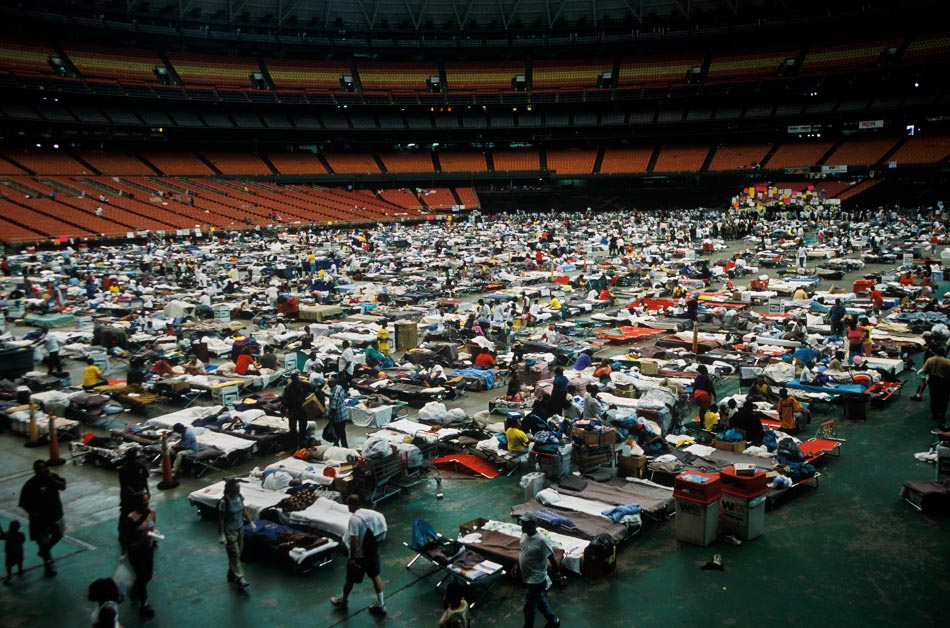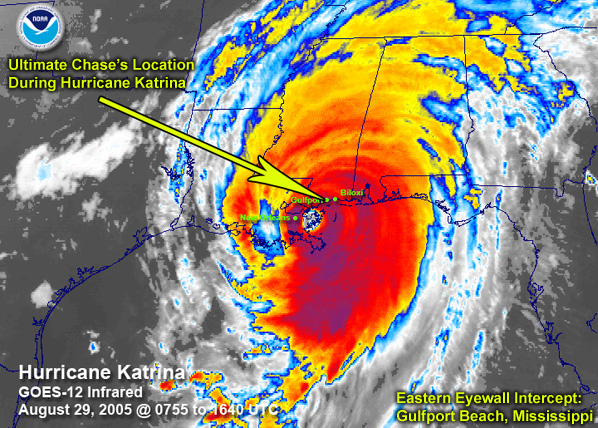River Lab Conclusion:
We learned that our section of the river has good water quality and is one of the cleanest parts of the Grand River. We did our lab on fecal coliform. Sick, right? of course Payton and I would get stuck with this one. It was gross, but interesting. After letting our water sample in the petri dish sit for 2 days, there were colonies of pink. According to the charts, pink indicates a low, relatively healthy level of fecal coliform. Our Q-value was 70 with 20 colonies present. The over all Q-value was 11.2. These results were pretty predictable. Grade wise, we are rated around a C in this category. I didn't think we would be lower, but being higher would be great! Our action project being awareness can easily relate to this. We can inform the community about where we stand and ways they can contribute to raising our Q-value.
Great Lakes in the Regional Context:
1) The biggest lake in terms of volume is Lake Superior and the smallest is Lake Erie.
2) The most urban of the lakes is Lake Erie and the most rural is Lake Superior.
3) Lake Huron has the longest shore line.
4) We can best manage the ecosystem by cutting back on pollution. Humans are the number one contributors to pollution and we can make small changes to make a huge difference. Putting waste into the water that drains into the Great Lakes is an awful idea. Not only does it effect the area around where it entered, but also everything down stream all the way to the lakes. Finding more sanitary ways to dispose of our waste would save our ecosystems.
5) Pesticides have to do with our action project because there a lot of farms around Eaton Rapids. Informing the farmers about what they are doing to damage our Earth can influence them to make a difference on the way they are managing their farms. Same with herbicides. We can make sure the farmers that use pesticides and herbicides know the harm they are causing and we can try to encourage them to change their ways.
6) Preliminary Questions:
~The water from my house goes to into the ground.
~Runoff water is extra water that the Earth will not absorb. In Eaton Rapids, it drains into the Grand River or other ponds and rivers around the area.
~Runoff water and sewer water go to the same place in the city. I look at this as a good thing because most likely the runoff in the city is contaminated with pollutants. But if it was perfectly clean water, we could use it instead of contaminating it when mixing it with the waste.
~Farms (pesticides, herbicides, fertalizers) are sources that pollute the runoff.
~Point source pollution is pollution coming from a specific place. Such as a single factory, you can trace it back to exactly where it came from. Non-point source pollution is not trackable. It is small things that add to pollution. Like leaks from spilling something in your yard that seep into the ground water.
~A watershed is an area of land where all the water is drained to a certain place.







